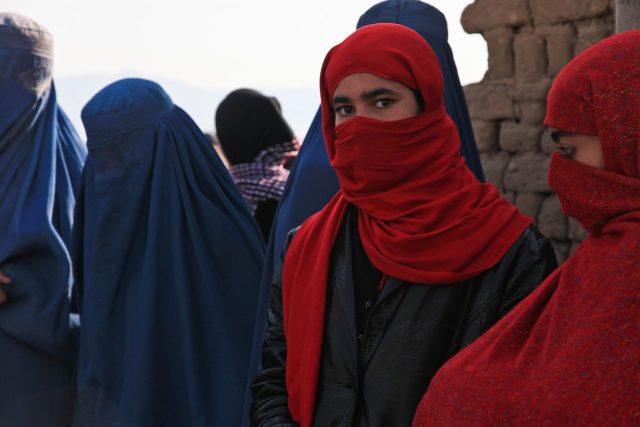The Taliban have arrested women in Afghanistan for wearing “bad hijab” for the first time since coming to power, according to voice notes received Thursday by the AP from a spokesperson from the Taliban government’s Vice and Virtue Ministry. A year after they took power in 2021, the Taliban issued a strict dress code.Spokesperson Abdul Ghafar Farooq informed the AP that the ministry has received complaints about women not adhering to the correct hijab. After issuing recommendations and advice, female police officers were dispatched to arrest those who failed to comply. According to Farooq, these women are considered a minority, who violate Islamic values and promote improper hijab in society.Those arrested may face legal action or strict bail conditions. Farooq cautioned that, in every province, women without hijab will be subject to arrest. However, he did not specify the number of arrests or define what constitutes “bad hijab.” The arrests took place three days ago.UN Special Rapporteur on the situation of human rights in Afghanistan Richard Bennett commented on the situation by posting, “Recent arrests of women in Kabul #Afghanistan for ‘bad hijab’, confirmed by #Taliban, regrettably signifies further restrictions on women’s freedom of expression and undermines other rights. They should all be released immediately and without conditions.”According to a Taliban decree passed in May 2022, the mandatory observance of religious hijab for adult Muslim women is encompasses garments that cover the body in accordance with Sharia and Afghan tradition. Recognized types include the culturally integral chador or burqa and a black dress with chador, emphasizing non-tight attire. Compliance is particularly stressed in situations involving non-mahram men, which are men not in a prohibited degree of relationship. In these situations, women are required to cover their faces.Adhering to hijab is seen by the Taliban as a sign of obedience to God, a privilege for Muslim women, and a safeguard against sin and corruption. Enforcement involves persuasion through media and public platforms, highlighting the significance of the hijab alongside punitive measures. Offenses trigger warnings, advisories to guardians, summoning to relevant departments, imprisonment and legal consequences. Specific consequences apply to women in Islamic Emirate institutions as well as officials’ wives and daughters. This approach combines persuasion and strict consequences to ensure widespread adherence to religious hijab in Afghanistan.Earlier in September, Human Rights Watch (HRW) reported that Taliban authorities perpetrated gender persecution against women and girls in Afghanistan. After concluding its research—which was initiated following the Taliban’s takeover in August 2021—HRW identified forms of gender persecution. Included among them were restrictions on freedom of movement, expression and association, limitations on employment, dress code restrictions, bans on education, arbitrary arrests and violating the right to liberty.




The Most Read
Сryptocurrencies
Bitcoin and Altcoins Trading Near Make-or-Break Levels
Financial crimes
Thieves targeted crypto execs and threatened their families in wide-ranging scheme
Financial crimes
Visa Warning: Hackers Ramp Up Card Stealing Attacks At Gas Stations
News
Capitalism is having an identity crisis – but it is still the best system
Uncategorized
The 73-year-old Vietnamese refugee is responsible for bringing Sriracha to American consumers
Uncategorized
Electric Truckmaker Rivian, Backed By Amazon, Ford, Raises Whopping $1.3 Billion